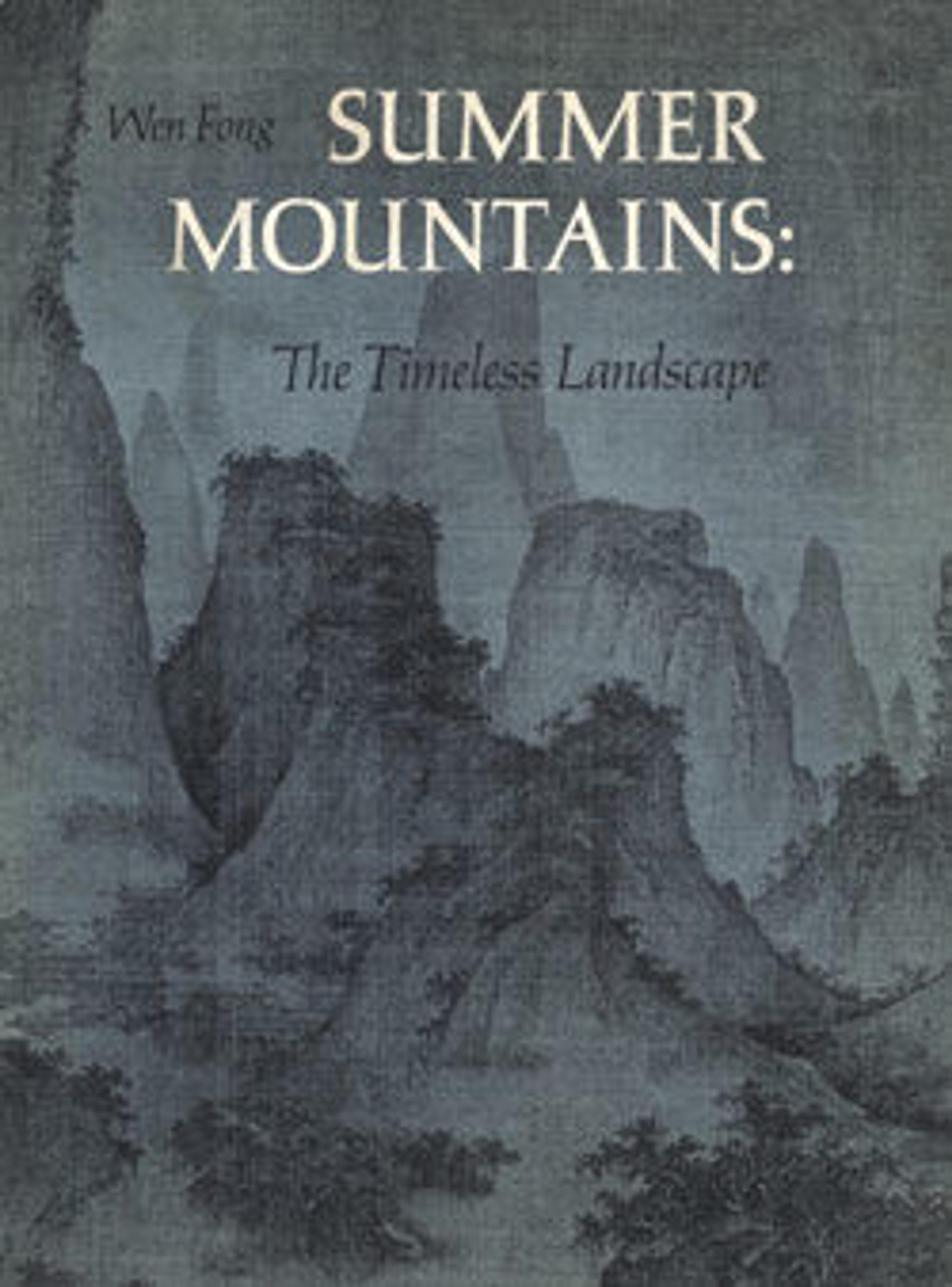
Summer Mountains: The Timeless Landscape
Landscape has been the dominant subject in Chinese painting ever since it emerged as the pre-eminent art form of the Northern Sung period (960–1127). The recent acquisition by the Metropolitan Museum, as a gift of the Dillon Fund, of a superb large Northern Sung handscroll, Summer Mountains, provides the opportunity to consider in some detail the landscape art of this period, together with its antecedents and later permutations.
Developing during the war-filled years of the tenth century, Northern Sung landscape painting produced timeless images that were followed and imitated for centuries. This art reached its apogee in the third quarter of the eleventh century. After the fall of the Northern Sung, it continued to be popular in the north, both under the Chin tartar and then the Mongol rule during the twelfth and thirteenth centuries. Meantime the painters of the Southern Sung (1127–1276), south of the Yangtze River, developed a simplified style that described the softer landscapes of the south.
There were three revivals of the Northern Sung grand manner in landscape painting, the first during the Yüan period (1277–1368), when the Mongols dominated the whole of China, the second in the fifteenth century, after the Ming overthrew the Mongols, the third at the turn of the eighteenth century, in the early Ch'ing (Manchu) period. Although landscape painting during the Yüan period and afterward was essentially different from that of the Northern Sung, it continued to evoke motifs and themes made popular by the Northern Sung masters.
Traditionally attributed to Yen Wen-kuei, a painter active about 980–1010, the Metropolitan Museum's Summer Mountains is, instead, as work in Yen's style, probably painted about 1050. But since Yen's style remained influential for centuries, an analysis of the Yen Wen-kuei tradition becomes a capsule account of the development of Chinese landscape painting between 1000 and 1700.
As one attempts to date the many works in the Yen Wen-kuei tradition, it is necessary to keep in mind the following: When a painter works in the manner of an older master, he first adopts the characteristic brushwork idioms, the form elements, and the compositional motifs. But in expanding his interpretation and giving it new articulation, he necessarily deviates from the original and makes subtle changes. In short, the later painter shows in his work not the real earlier master but a transformed image of him. These changes are not "slips of hand" or "misunderstandings"; instead, they are positive signs of the later painter's own style. Even a more or less mechanical copy, which, in the absence of the original work may be historically useful in reconstructing it, inevitably reveals something of its own time.
Met Art in Publication
Citation
Fong, Wen. 1975. Summer Mountains: The Timeless Landscape. New York: Metropolitan Museum of Art.